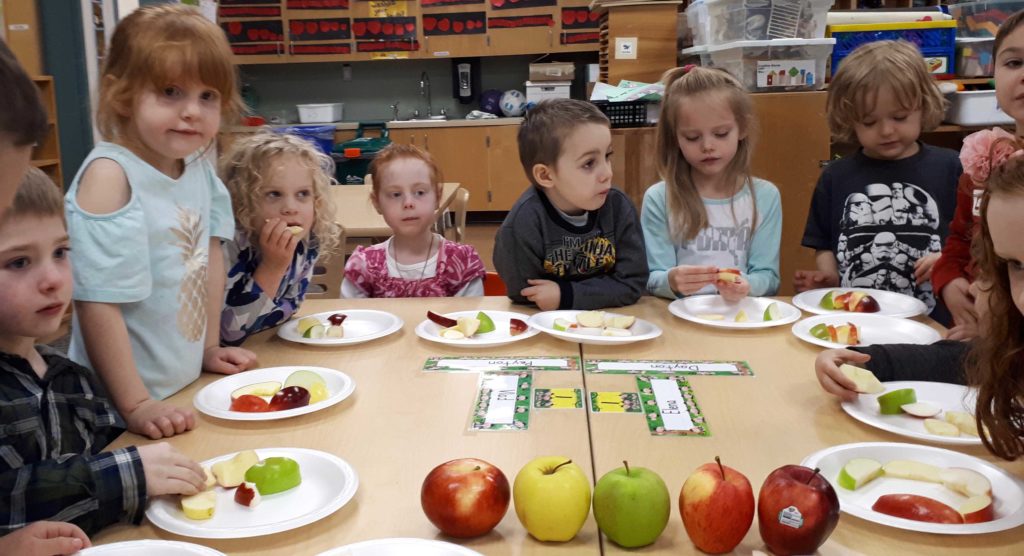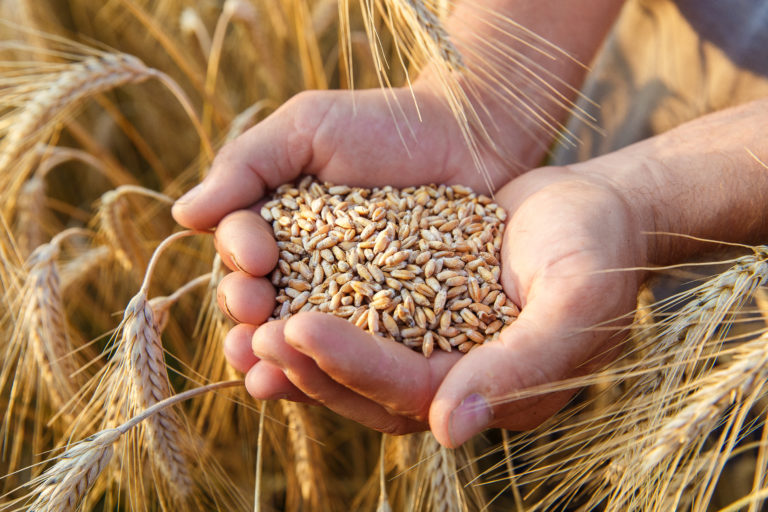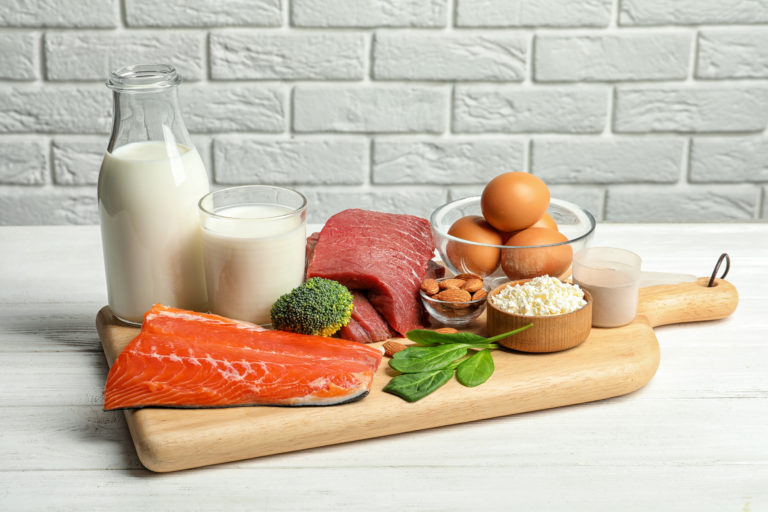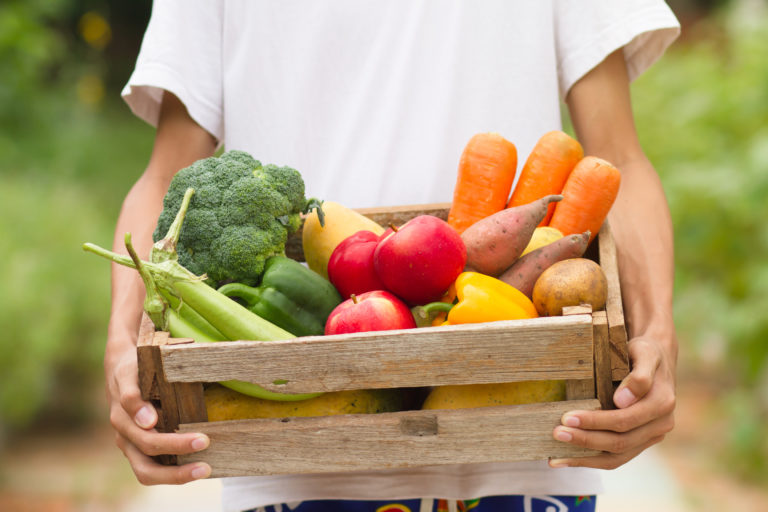Would you like to use food in your classroom to inspire your students to eat well? Enhance your teaching—apply for a mini food grant!
Every school year, teachers who are using one of BC Dairy Association’s (BCDA) programs can apply for a mini food grant in September or January.
Top 10 FAQ about Mini Food Grants
2) Do I have to teach a specific nutrition education program to be eligible?
3) Do I need to order BCDA nutrition materials to be eligible?
4) What do I need to include in my application?
5) Do I need to include foods from all three food categories?
6) How else can I strengthen my application?
7) Can the food be used to help feed hungry children at my school?
8) How have other teachers used their grant?
10) What happens if my application is not successful?
1) Who can apply?
BC teachers instructing at any grade level (Kindergarten–Grade 12) can apply if they have taken a workshop and are teaching one of our nutrition education programs or transition lesson plans.
If you haven’t taken a workshop and are interested in teaching nutrition in your classroom, get in touch with us at nutrition@bcdairy.ca or call 604-294-3775/1-800-242-6455.
2) Do I have to teach a specific nutrition education program to be eligible?
As long as you plan to teach the Grades K-1 Food Explorers program, the Grades 2-3 Food for Us transition lesson plans, or the Grades 4-7 Passport to Health Living transition lesson plans during the 2021-2022 school year, you are eligible to apply.
3) Do I need to order BCDA nutrition materials to be eligible?
Yes, you need to order or download the corresponding program materials for the 2021-2022 year in order to be eligible. All materials can be ordered through your new online ordering account. If you are unsure if you have an account or how to access it, please contact nutrition@bcdairy.ca.
4) What do I need to include in my application?
If you are teaching the Food Explorers program, tell us which recipes you plan to explore from package A or B.
For the other programs, share how you’ll be using food to enhance the lessons from the BCDA program that you will be teaching. All three food categories need to be included in order to be eligible for the grant.
Grant funding will vary depending on the program you are teaching and the food activities planned. Teachers are eligible for one grant per school year, up to a maximum of $150.
Below are sample applications from each of our core programs that include the elements of what we’d like to see in an application:
Food Explorers (K-Gr.1)After providing an introduction and discussion surrounding each food, I plan to have the class prepare the following:
All the recipes discussed above come from package A. Students will be encouraged to help with food preparation. All of the students will be exposed to the foods in a positive environment. They will not be pressured to try anything, but will have the opportunity to taste or experience the foods through observation. After the tasting, the students will reflect on their experience in the journal pages and the collector card will be sent home to support the parent/family connection. Food for Us (Gr. 2-3)1) Fruits and vegetables: We will make the cinnamon apple recipe with BC apples. 2) Grains lesson: We will make bread by using the Making Bread and Butter lesson plan. 3) Protein lesson: We will try the yogurt rainbow parfait recipe with local fruit, yogurt, oats and seeds! During all of the food explorations, students will help with the preparation. Everyone will have an opportunity to taste the food but no one will be forced to try anything. Simply being around the food and watching others enjoy it is a positive food experience for students. Passport to Healthy Living (Gr. 4-7)1) For the class challenge, we will have a mini pizza lunch with apples. The tomato sauce and apples are from the Vegetables and Fruit category, the cheese is from the Protein category and the English muffins are from the Grains category.
During all of the food explorations, students will help with the food preparation. Everyone will have an opportunity to taste the food but no one will be forced to try anything. Simply being around the food and watching others enjoy it is a positive food experience for students. |
5) Do I need to include foods from all three food categories?
If you’re applying to use money for one of the programs, please explain how you will use the money to explore all three food categories (Vegetables and fruit, Grain foods, and Protein foods). Consider referring to Kitchen Equipment for your Classroom for tips on how to incorporate different foods into your classroom.
6) How else can I strengthen my application?
Be sure to mention how you will use one or more of the following key nutrition principles:
- Use a neutral approach when talking about foods high in fat, salt and or sugar. Evidence shows that providing a neutral approach to food helps foster a positive relationship with food.
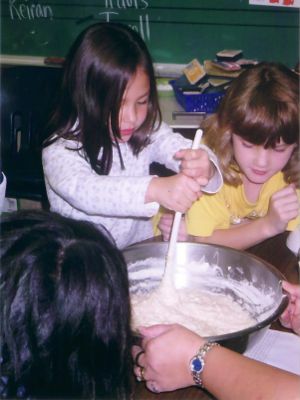 Avoid food rewards: There is good evidence to show the benefit of avoiding the use of bribes to encourage good behaviour. Find out more about this concept here.
Avoid food rewards: There is good evidence to show the benefit of avoiding the use of bribes to encourage good behaviour. Find out more about this concept here.
- Offer opportunities to taste without pressure. Allow all children to to have an equal opportunity to taste, without pressuring students to have “just one bite.” Let each child decide if he/she will taste a food or not.
- Use commonly available foods: Exploring affordable and readily available foods further strengthens nutrition education. As such, it is strongly suggested to avoid using expensive and/or rare foods (such as dragonfruit). Here are some popular recipes, using commonly available foods, that teachers have successfully introduced in the classroom:
| White bean and feta hummus |
Consult your teacher guide for more on the above principles and always feel free to get in touch with us at nutrition@bcdairy.ca to learn more.
7) Can the food be used to help feed hungry children at my school?
Unfortunately, this grant is modest and is intended for educational purposes. It is in no way intended for, or capable of, addressing food security concerns.
8) How have other teachers used their grant?
Teachers from across BC share their stories with us every year. Here’s a taste.
9) How can I apply?
The January grant application period is now open! You can apply by logging into your new ordering account and clicking on the “Forms” tab at the top of the page. If you are unsure if you have an account or how to access it, please contact nutrition@bcdairy.ca
10) What happens if my application is not successful?
If your application was complete but you were not successful, we will send you an email explaining why. You’ll have another chance to apply for funding.
For any questions, please feel free to get in touch with us at us at nutrition@bcdairy.ca.
BC #teachers, are you teaching #nutrition in the classroom this year? Take a nutrition workshop with our RDs!
— NutritionEdBC (@NutritionEdBC)
